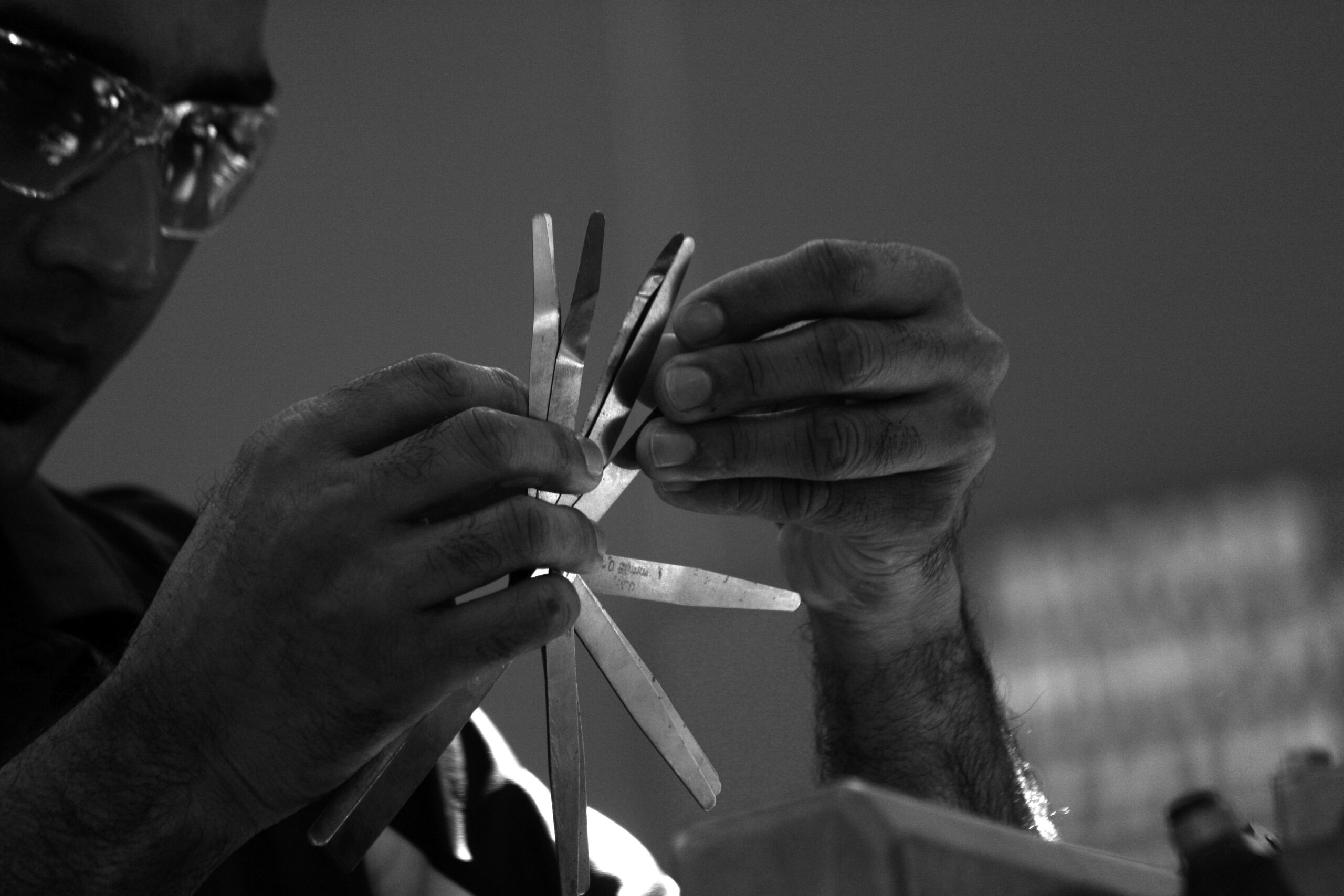What do Chernobyl, the Space Shuttle Challenger, and the Apollo 1 mission have in common?
Simply put, they are all engineering disasters caused by faulty parts.
Thankfully, engineering technology has come a long way since these tragic headlines. Still, the world relies on CNC machined parts now more than ever before. To keep everyone safe (and our machines running smoothly), there’s no substitute for continuous quality improvement and preventative maintenance.
In this post, we’ll take a closer look at CNC machining components and the roles they play in our everyday lives. Keep reading to learn more!
What Are the CNC Machining Components?
CNC machining is a subtractive machining process, that removes sections from a block or sheet of raw material. Whether with lasers, water, tool steel, or some other method, CNC machining is very precise. CNC stands for “Computer Numeric Controlled” and refers to how the tool moves around to do its job.
In other words, a computer program follows a pattern of cutting and the machine follows it precisely.
Because CNC machining is a subtractive machining process its opposite is additive machining processes, like 3D printing.
The way that CNC machining takes material away is using tools to cut in three primary operations. Namely, those are milling, drilling, or turning. There are more operations, but machinists use those most often to accomplish their goal of a finished product.
What Are Parts of a CNC Machine?
We’ve been talking about CNC a while, but it might be hard to imagine what it looks like and how it cuts. CNC machines usually have all of these following parts:
- Control panel
- Table
- Frame
- Column
- Spindle
- Coolant supply tube
- Cutting tool
Because we call any machine that follows a computer program coordinate system to remove material a CNC machine, there are many different types. Not all have the same parts as our list, but most do.
The Components in Detail
The control panel is where a machinist will control the speed of the machine in following the program and generally follow the progress of making the product.
The table is where the machinist will secure the workpiece and the machine works on it. The workpiece is the raw material being shaped, which usually is a sheet or a billet (basically an unformed standard-sized block or rod).
The frame is the base of the machine, often composed of cast iron, and sometimes even bolted down. The column is the skeleton of the machine, which connects the frame to the spindle. The column often even contains reservoirs for coolant, similar to an airplane wing holding fuel.
If the column is the skeleton of a CNC machine, you could very well call the spindle the heart of the machine. It’s where the cutting tool is attached and spins, giving it its cutting power. Some models have articulating tooling, which goes to work in 5-axis machining.
Of course, most use of CNC machines requires coolant to keep workpiece and tooling temperatures low enough for operation. If it gets too high, there could be deformation and weakening which will break one or both parts.
The Axes
The spindle is always aligned with a CNC machine’s Z-axis, whether vertical or horizontal, and the table aligns with the X and Y axes.
In 5-axis CNC machining, there are two added axes of rotation added to the spindle, to allow the tool to make previously impossible cuts in real-time. 3+2 axis CNC machining fixes the axes of rotation for the tooling before operation but at an angle to the workpiece. This is so the tooling gets in closer and becomes more accurate and results in more stability.
This stability gives a superior surface finish and quicker work speed.
What Precision Machined Parts Can You Make?
When you’re making precision machined parts, they can be made with a variety of common or exotic materials. CNC Machines generally make parts with:
- Steel
- Stainless steel
- Aluminum
- Plastic
- Titanium
- Copper
- And more
An alloy is when one or more metals are combined with one or more other elements. Steel is an example of a metal, iron, with an organic material, carbon, creating a super-strong material.
Some examples of alloys are tool steels, tungsten carbide, magnalium, brass, titanium nitride, and bronze. Of course, there are thousands of different alloy combinations for different applications.
Precision parts that automotive companies often make with CNC machining include:
- Gears
- Exhaust parts
- Bushings
- Fluid system components
- Suspension components
- Carburetor housings
- Valve retainers
High-performance engines and engine components are still CNC machined today. For the scale required of most consumer automotive manufacturing, engines are often cast as a single piece and individual components are machined if necessary. When you need high-performance vehicles you need high-performance parts.
Those don’t just pop out of a mold but take care and precision to create. 3D printing and CNC machining are expected to align to create pieces of even greater precision and with less waste in the future.
It isn’t just the automotive industry that requires precision parts, however. There are many more industries such as aerospace, energy generation, and electronics. One industry that demands precision is automation.
Automation lacks constant human oversight. Therefore, automation needs to work at low tolerances for long periods without human intervention.
What Are Precision Machined Parts? Now You Know
As you can see, there’s a lot to learn about CNC machining components. We use them in everything from spacecraft and advanced robotics to car engines and coffee machines.
Sanritsu America Inc. is a leader in Kaizen-based automotive manufacturing processes and we can help you establish and improve those processes today. Let us help you with our decades of experience in the automotive automation industry. Like in our examples of engineering disasters, lives are on the line when it comes to making the precision components of tomorrow.
No matter what your company builds, we have the assembly process expertise you need. Click here to get in touch today.



